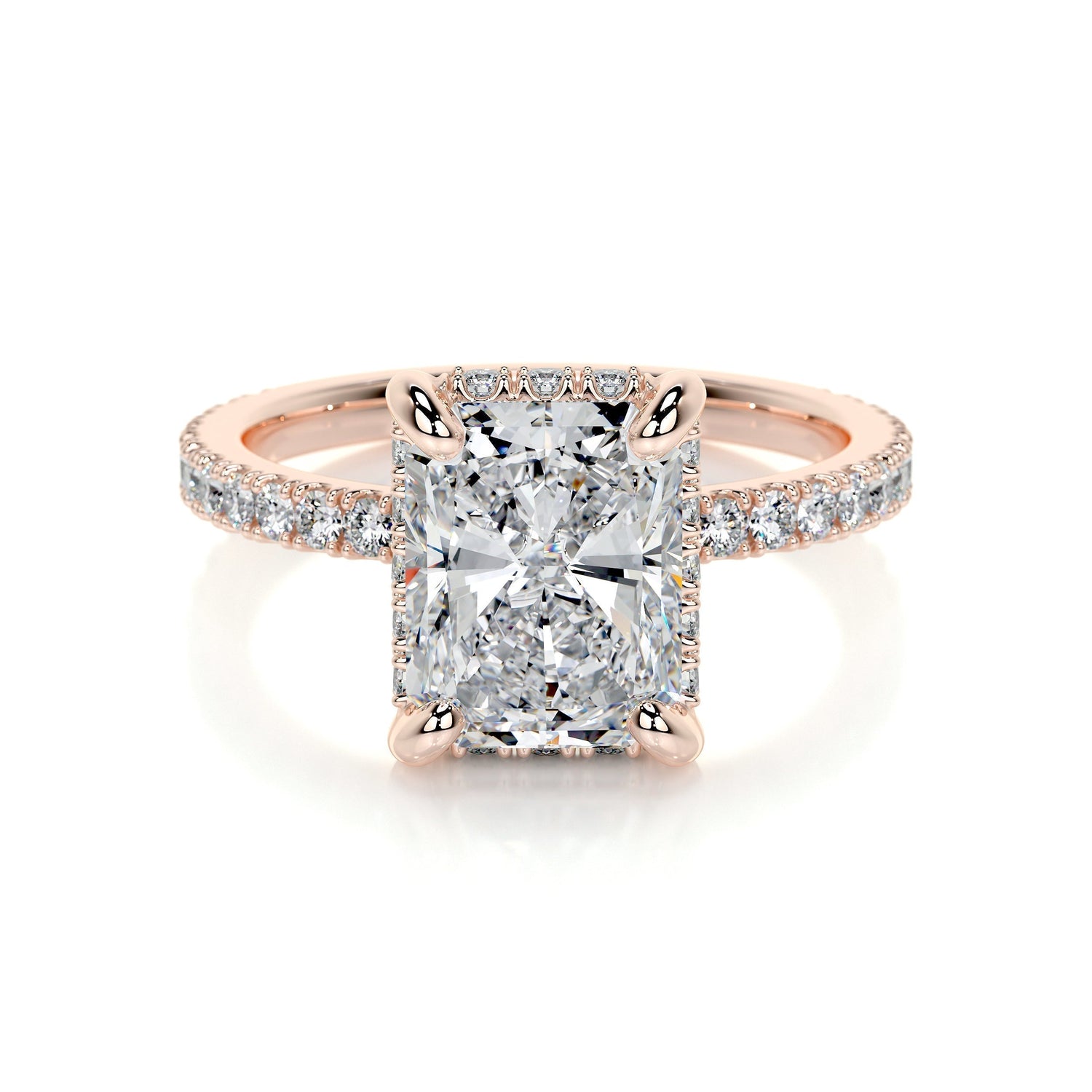
GIA and IGI Overhaul Lab-Grown Diamond Grading: What It Means for Engagement Rings in 2025
Share
The world of lab grown diamonds is experiencing a seismic shift in 2025. Two of the most respected authorities in diamond grading, the Gemological Institute of America (GIA) and the International Gemological Institute (IGI), are changing how they assess and report on lab grown diamonds. This move is set to reshape how consumers, retailers, and the industry at large perceive lab grown engagement rings.
Why Are GIA and IGI Changing Their Grading?
Historically, both GIA and IGI have graded lab grown diamonds using the same 4Cs—carat, color, clarity, and cut—that are used for natural diamonds. This approach gave buyers a familiar way to compare stones, whether mined or lab created. However, as technology has advanced, lab grown diamonds have become so consistently high in quality that the traditional color and clarity scales are less relevant for these stones.
The New Grading System: “Premium” and “Standard”
Starting in late 2025, GIA will no longer use the 4Cs for lab grown diamonds. Instead, their reports will categorize stones as either “premium” or “standard,” or provide no grade at all if the diamond doesn’t meet minimum quality. IGI is expected to follow suit.
“GIA will no longer use its internationally recognized 4Cs grading system for laboratory-grown diamonds. Instead, beginning later this year, laboratory-grown diamonds…will receive simplified descriptors—categorized broadly as either ‘premium’ or ‘standard’—or no grade at all if the quality is subpar.”
This change reflects the reality that most lab grown diamonds on the market today are already “premium” in terms of color and clarity, thanks to controlled manufacturing processes. In fact, for many stones, color grading is almost unnecessary because they are virtually colorless.
Why Are Most Lab Grown Diamonds “Premium”?
Lab grown diamonds are created in highly controlled environments using either Chemical Vapor Deposition (CVD) or High Pressure High Temperature (HPHT) methods. These processes allow manufacturers to produce diamonds that are consistently high in clarity and color, often surpassing the average quality of natural diamonds.
• Color: Most lab grown diamonds are near colorless or colorless.
• Clarity: Inclusions are minimal or absent, resulting in high clarity grades.
• Consistency: The controlled environment means fewer flaws and more predictable results.
Because of these advances, the majority of lab grown diamonds submitted for grading are expected to receive the “premium” label under the new system.
What Will GIA and IGI Reports Look Like?
Instead of detailed breakdowns of color and clarity, future lab grown diamond reports will simply state if a stone is “premium” or “standard.” This makes it easier for consumers to understand the quality at a glance and reduces confusion between lab grown and natural diamonds.
• Premium: High color and clarity, representing the best available.
• Standard: Good but not exceptional quality.
• No Grade: For stones that don’t meet basic quality standards.
What Does This Mean for Engagement Rings?
If you’re shopping for a lab grown diamond engagement ring, this change is good news:
• Simplicity: No more deciphering complicated color or clarity scales for lab grown stones.
• Quality Assurance: Most diamonds on the market will be “premium,” ensuring your ring sparkles with top-tier brilliance.
• Transparency: Reports will clearly state the diamond’s status, making comparisons easier.
The Bottom Line
As lab grown diamonds continue to rise in popularity—projected to make up 20% of the diamond market by 2025—these changes from GIA and IGI signal a new era. Lab grown diamonds are now so consistently high in quality that traditional grading metrics are being retired in favor of straightforward, consumer-friendly labels.
If you’re considering a lab grown diamond engagement ring, you can feel confident that “premium” really does mean premium—beautiful, ethical, and brilliant.
Sources:
-naturaldiamonds.com
-reddit.com/r/EngagementRings
-gia.edu/gia-news-research/gems-gemology-summary-latest-research-lab-grown-diamonds
-diamondbuzz.blog
-gemaandco.com
- gia.edu/gems-gemology/summer-2024-gia-update-on-laboratory-grown-diamonds
-igi.org

